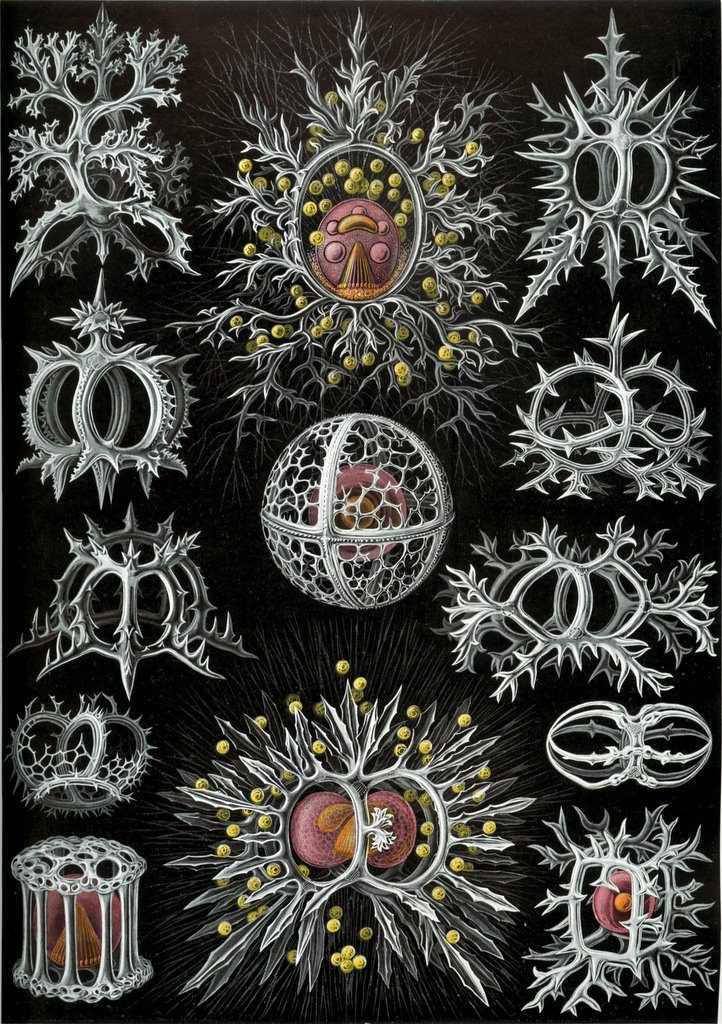This week in Peter Westwick’s Science, Arms and the State, I got a chance to reread Paul Forman’s seminal “Behind quantum electronics: National security as basis for physical research in the United States, 1940-1960”. (Gender-sensitive young scholar that I am, I don’t use that adjective lightly; in addition to originality, the essay is remarkable for its macho-ness: dense graphs, dense footnotes, and a dense argument; sparse examples and lots of data… it’s enough to fill out a 400 page book, distilled into 60 pages.) My HSHM compatriot Brendan and I were both much more impressed with it than when we first encountered the “second Forman thesis” last year (I think we both remain skeptical of the first). The connection between scientific culture and military funding seems like a rich historical vein that hasn’t been explored enough yet. How much was the turn in physics from a positivistic, universalizing philosophy to more instrumentalist, application-oriented approach the result of the forces of money, and how much was just the manifestation of American pragmatism as the U.S. came to dominate the field (or whatever other cultural/philosophical/sociological/scientific-intellectual reasons might apply)?
As a historian of science and ex-scientist, I always find it astounding every time I see the breakdown of R&D budgets (even though by now, I’ve seen the statistics many, many times). All I’ve seen is university research, and all the professors I worked for were funded by the NSF, so it’s hard to wrap my mind around the fact that the scale military research simply dwarfs so-called basic science. Science had always been nationalistic since there were nations, and was always shaped by patronage, but Big Science—which in the context of the military also means classified science—was and is a whole different beast.
Obviously military funding of applied science has produced major dividends in terms of technology that can be used for basic research (and consumer technologies), and to some extent scientists are able to utilize grants for their own ends that only tangentially contribute to the goals of military planners. But I can’t help thinking that for the physical sciences, probably 75% of the money (and researchers’ time) since the rise of the military-industrial-academic complex has essentially produced nothing of lasting value (I’m trying to be conservative here; Forman argues that only about 1% of federal funding went to what can reasonably be called “basic” research). Maybe historically that’s an unfair deprecation of national security concerns (coming from someone approaching history from a post-Cold War perspective), but at least since the first Gulf War (when our military showed the world that it was overwhelmingly superior—thanks to all those nice toys the researchers built—to any other convential forces), I can’t see any reason to continue pouring money into military research at the current levels.
Coincidently, I heard two segments on NPR relevant to Science, Arms and the State. The first was about Bush’s FY 2007 budget: former Secretary of Labor Robert Reich (who sounds a lot like the annoying yet charismatic host of NOVA, Robert Krulwich) cuts into Bush, oddly enough, for not being enough of a capitalist. Reich is outraged that Bush is spending $6 billion on the NSF for basic physical science research, which he characterizes as corporate welfare, and it doesn’t even give us a leg up on foreign competition, since the whole world has access to the results. And funding alternate fuel technologies (nuclear power and ethanol) undercuts the economy as well; apparently, the profit motive should be sufficient to solve the nation’s energy problems…despite that unaided capitalism really has no way to deal with the consequences of peak oil until the crunch actually sets in.
I’m much more concerned about the fact that while NSF gets $6 billion, up slightly from last year (with some more grants coming from DOE) , education funding is being cut almost 20%, from $90 bn to $74 bn. Meanwhile, defense spending is going strong at $504 bn (actually down $8 bn, but up very significantly over pre-Bush levels, with the $43 bn for Homeland Security as an added bonus). And nearly half the the DOE’s $23 bn is for the National Nuclear Security Administration, i.e., for upkeep on our nuclear stockpile, which serves no purpose after the end of the Cold War anyway. To repeat, NSF: $6 bn, nuke warehouses: $9 bn.
The second NPR segment was a interview/political analysis with Joseph Cirincione, looking at the problems with trying to stop Iran’s nuclear program. In a nutshell, if we bomb the easy targets, it will only push the program underground and cement Iranian support for the nuclear program (plus the likely proxy war in Iraq and possibly even outright war with us or our allies). If we impose sanctions and actually managed to get other major players in the global economy to go along with them (namely, India and China), there would be a global oil crunch; Cirincione suggested $5/gallon gasoline. Thus, statements like McCain’s “the only thing worse than a military action is a nuclear armed Iran” are basically just talk (though perhaps talk that serves a purpose).
 Discomedusae: Desmonema Annasethe. The central medusa, shown from the top and the side, was named after Haeckel’s deceased wife, Anna Sethe; found and described the year after her death, it’s tentacles reminded him of her long blonde hair.
Discomedusae: Desmonema Annasethe. The central medusa, shown from the top and the side, was named after Haeckel’s deceased wife, Anna Sethe; found and described the year after her death, it’s tentacles reminded him of her long blonde hair.
 Update (2/28/06): This post is part of this week’s Circus of the Spineless, which collects blogging on spineless creatures of all sorts.
Update (2/28/06): This post is part of this week’s Circus of the Spineless, which collects blogging on spineless creatures of all sorts.